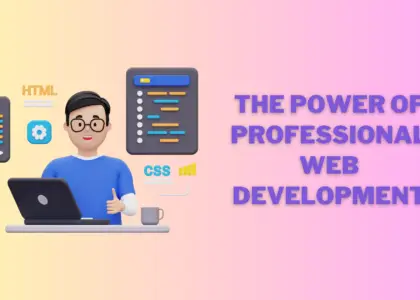Introduction
In today’s digital age, Facebook has evolved into a powerhouse for advertising, offering an excellent platform for ecommerce businesses to reach their target audience. With the right strategy, you can harness the potential of Facebook ads to boost your sales, increase brand awareness, and engage with your customers. In this article, we will provide you with a detailed plan on how to plan Facebook ads for your ecommerce business, step by step.
Step 1: Define Your Goals
Before diving into creating Facebook ads, it’s essential to establish clear goals for your ecommerce business. Common objectives include:
- Increasing Sales: This could involve promoting specific products or running seasonal promotions.
- Boosting Brand Awareness: Creating brand recognition and trust among your target audience.
- Generating Leads: Collecting email addresses for future marketing efforts.
- Driving Traffic to Your Website: Increasing the number of visitors to your ecommerce site.
Understanding your goals will help you determine the type of Facebook ad campaign you need to create.
Step 2: Know Your Target Audience
Facebook provides powerful audience targeting options, allowing you to reach your ideal customers. To define your target audience:
- Demographics: Consider age, gender, location, and language.
- Interests: Think about what your potential customers might be interested in, such as hobbies, activities, and favorite brands.
- Behavior: Facebook can help you target people based on their online behavior and device usage.
Step 3: Research Your Competitors
A competitive analysis can give you valuable insights into what works in your industry. Examine your competitors’ Facebook ads, looking for:
- Ad Copy: What kind of language and messaging do they use?
- Visuals: Are they using images or videos, and what’s their style?
- Engagement: Which ads are getting the most likes, comments, and shares?
Use this information to shape your own ad strategy.
Step 4: Create Engaging Content
Your ad creative is crucial to grabbing the attention of your target audience. Consider the following:
- Compelling Images or Videos: Visual content is key. High-quality images or videos that relate to your product can make a significant difference.
- Ad Copy: Write persuasive, concise copy that communicates your message clearly and drives action.
- Call to Action (CTA): Include a CTA button (e.g., “Shop Now,” “Learn More,” “Sign Up”) to guide users on what to do next.
Step 5: Choose the Right Ad Type
Facebook offers various ad formats, including:
- Image Ads: Ideal for showcasing products.
- Video Ads: Great for demonstrating product use or telling a brand story.
- Carousel Ads: Allow you to display multiple products in a single ad.
- Slideshow Ads: Create a video-like experience from a series of images.
- Collection Ads: A mobile-only format designed for ecommerce, displaying products in a grid.
Select the format that aligns best with your goals and content.
Step 6: Set Your Budget and Schedule
Facebook offers flexibility in budgeting, allowing you to set a daily or lifetime budget. To decide:
- Test the Waters: Begin with a modest budget, and as you see results, scale up.
- Schedule: Choose the best days and times to display your ads based on when your audience is most active.
Step 7: Ad Placement
You can choose where your ads appear on Facebook, whether it’s in the news feed, on Instagram, or in the right column. Consider your audience’s habits and preferences when making these selections.
Step 8: Track and Optimize
Once your ads are running, keep a close eye on the results. Facebook provides comprehensive analytics to help you gauge the success of your campaign. Key metrics to monitor include:
- Click-Through Rate (CTR): How many people click on your ad.
- Conversion Rate: The percentage of people who take the desired action.
- Return on Ad Spend (ROAS): The revenue generated for every dollar spent on ads.
Continuously optimize your ads by:
- A/B testing different ad creatives.
- Adjusting audience targeting based on performance.
- Tweaking ad copy and visuals.
Step 9: Scaling Up
As you see positive results, consider scaling your ad campaigns. Increase your budget or explore new audience segments to expand your reach and grow your ecommerce business.
Conclusion
With a well-thought-out plan and a solid understanding of how to leverage Facebook ads, you can propel your ecommerce business to new heights. Remember to remain flexible, stay up-to-date with Facebook’s ad features, and never stop learning and optimizing your strategies.
Are you ready to take your ecommerce business to the next level with Facebook ads? For personalized guidance, feel free to book a call with our experts or visit our website at socialbusk.com.
Thank you for reading!





